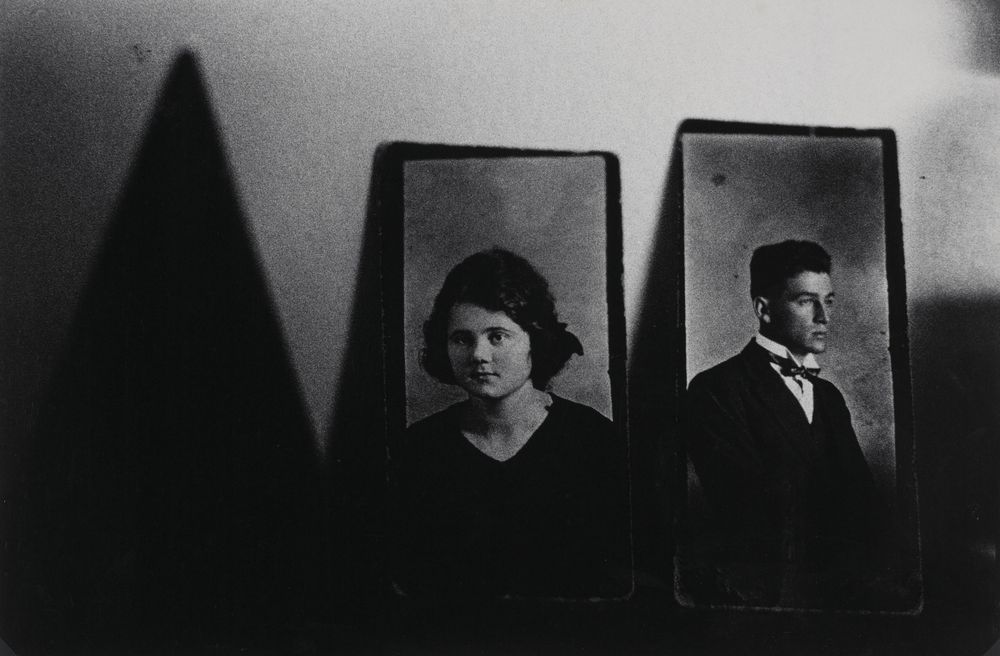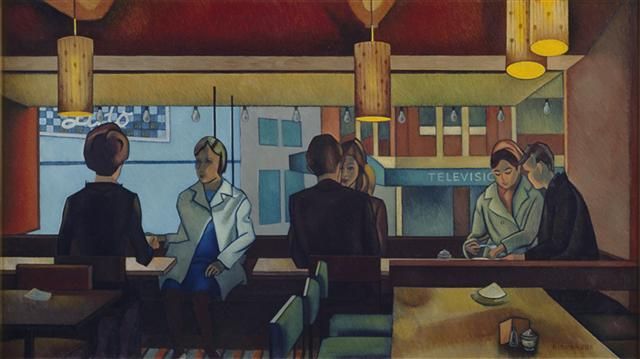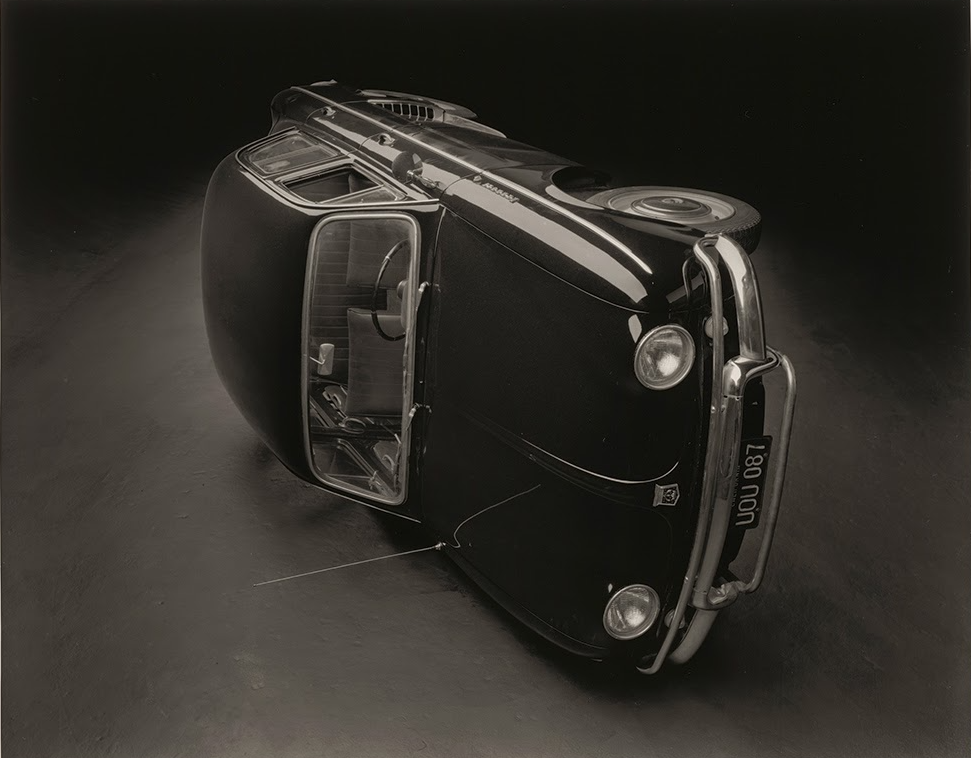.
I was gutted to hear of the death of photographer Peter Peryer.
When Peryer started working in the early 1970s, photography wasn’t yet part of New Zealand’s art mainstream. It was a thing apart, with its own gurus, galleries, and occasions. Peryer was exceptional. He was distinguished for previsualising and planning his images, for proceeding from his own idea rather than from the world. Bragging that he didn’t take many photos and didn’t carry a camera, Peryer was an argument for photography as art, and his example would play a key role in raising photography’s status here.
I first met Peryer in the early 1980s, when I was still a teenager. To me, he exemplified ‘the artist’. He was making his big move, from his early expressive stuff (where his works were compared to psychodrama and passion plays, and his preferred subject was his wife Erika) into a more chilled retro-modernist manner (typified by his still life Neenish Tarts of 1983). Over subsequent decades, our paths frequently crossed. His brooding 1977 portrait, Christine Mathieson, was the key work in Posing a Threat, my National Art Gallery internship show in 1985. Later, I secured his iconic 1979 My Parents for the collection—a trophy. I would go on to include his work in all manner of shows, including Headlands (1992), Nine Lives (2003), and most recently This Is New Zealand (2018). His work lent itself to curating.
Peryer seldom worked in series, preferring to make unique images of specific subjects—his definitive image of this or that. He would come to town with a folder of new images—sometimes just one image—to show and sell. I’d get a call to come see, and it was always surprising. Even so, despite their eccentricity, Peryer’s images opened up to one another through rhymes of topic and treatment. New images spoke to old ones. Everything seemed to fit into an overall vision, an elusive parallel Peryer-verse. And that’s how Peryer cultivated committed collectors who would scramble to keep up, in the end acquiring thirty, forty, fifty images.
An autodidact with an obsessive turn of mind, Peryer often seemed in thrall to his subject matter, which was odd because his work was so him. He may have jettisoned self portraiture way back, but his work was always a kind of diary, a mind map, with himself as its ultimate reference point. Even so, perhaps it all remained a mystery to him. In recent years, it was funny to read Peryer’s deadpan blog, which belatedly drew connections between his works—and between his works and other images and things—sometimes as if he had only just noticed.
.
[IMAGE: Peter Peryer My Parents 1979]
•


